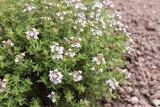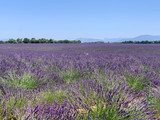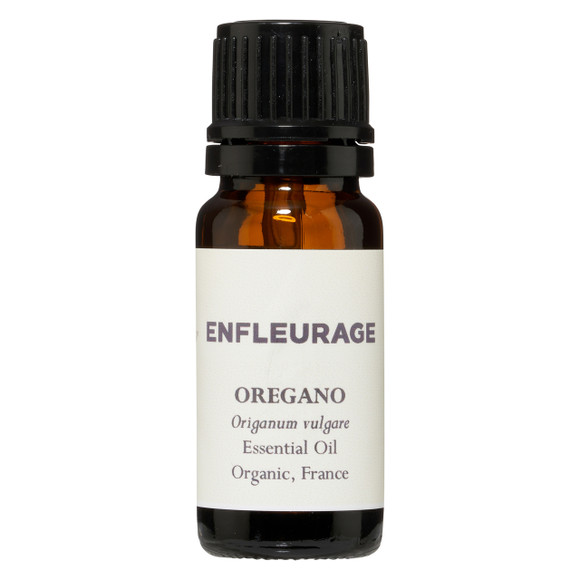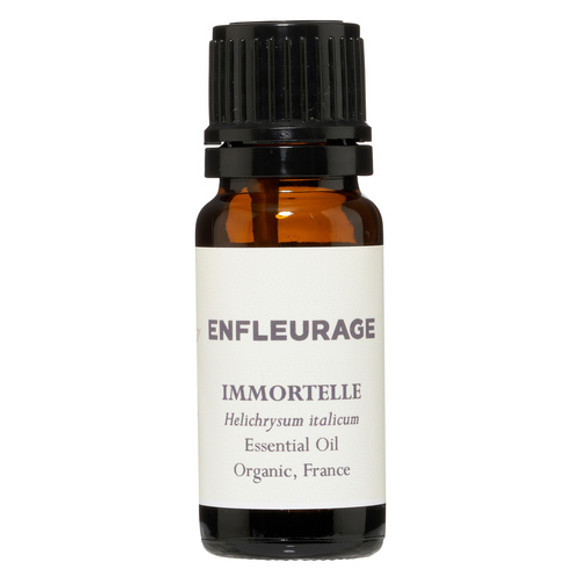Thymus vulgaris v Thuyanol, Thymus vulgaris v Geraniol, Thymus vulgaris v Linalool
Labiateae family
Various types of thyme are grown around the world, in almost every climate, and varying constituents, and appearances, but they are all thyme.
We at Enfleurage have three and these are all specific to different uses.
They are all Thymus vulgaris and the basic indications for thyme are woven throughout. All of our thymes are considered to be of more skin-friendly chemotypes.
Arctander is not very helpful on this “thymly” occasion. The thymes he refers to are the “red” or “white” thyme (vulgaris) or the zygis or serpolet. There’s also the confusion between oregano and thyme and savory etc. Excuse me, but we don’t have “thyme” for that! I know, it’s corny, but I can’t help it.
This is all just to say we are not going to talk much about the perfume possibilities of thyme here.
There’s no thyme for it (sorry.)
Thyme
A Poem by Nassy Fesharaki
With the thyme came to mind
History of civil of the Nile
And Romans and Iran
I smile at the thoughts
Featherless and flights
To unseen past of might
Just a name and of a veg
Takes me back to old age
What they did; and/or made
There was no perfume
As we see now-a-day
In package and bottle
But they loved aroma
Gathered fruits, fresh-ripe
And the herbs in the bulk
Then dried, roasted, burned
Scattered; and they turned
The scent made by smoke
Now I'll use in my soup
Want to know its effect
In my tummy; and brain
Still I remember
Espand of my mother
And women of Hormuz
‘Taking round the smoke'
The Rarest Thyme
Poem by Thomas McCarthy
For you I would have built a herb-garden,
Not a pathetic patch for mint and chives
But a real olitory, with old-
Fashioned southernwood and rarest thyme.
I might have built a wooden seat between
Two plants of rosemary, their astringent
Scent seeping through your workshirt to the clean
Flesh of your back. I would have grown a plant
Of basil for you to stroke into form;
And, certainly, a row of lavender
To infuse carefully over a warm
Stove, for you to sip at whenever
The world became darkened with sick headaches,
Or a loss of blood whitened your small hands
Now, to Sal Battaglia and
The Complete Guide to Aromatherapy
Thyme in general is known for strong anti-microbial activity and useful in a wide variety of applications.
It’s also recommended for the digestive system as an appetite stimulant and as a carminative.
Thyme in general is recommended for all types of infections and stimulates white blood cell production, so it’s an asset to the immune system.
Musculoskeletal system-injuries, arthritis, etc, cramps
Nervous system—stimulant and nerve tonic
Respiraotry system—so many uses and indications: for colds, congestion, catarrh, etc
It’s notable that the thymol and carvacrol chemotypes have the most anti-microbial activity, according to studies. These chemotypes have the highest risk for skin sensitization and irritation. I encourage you to read as much as possible about thyme.
Linalool Ct
Thyme linalool is the ones considered to be gentle on the skin. Linalool is a constituent one finds in lavender, so that will give you an idea.
Holmes, via Battaglia, says Linlool can be recommended for specific fungal, bacterial and viral infections. He also recommends the linalool Chemotype for emotional issues etc
Thyme linalool is considered to have great infection fighting properties while being safe enough to use topically.
Thyme Thujanol
This is a wild thyme from the mountains of Provence. Known as "the King of Aromatherapy," this thyme chemotype is well tolerated on the skin. Thyme thujanol can be used directly and undiluted on the skin (this applies to most people--it's safer to patch test first.)
Schnaubelt, via Battaglia, states that the Thuyanol chemotype is not only non-toxic and non-irritating, but the oil is very strong in antiviral and antibacterial qualities. He recommends this cheomtype is useful for internal as well as external use.
Holmes, via Battaglia, states that Thyme Thuyanol is an arterial circulatory stimulant with warming and tonifying actions, useful for bacterial and viral infections or respiratory and urogenital systems.
Geraniol
Holmes, via Battaglia, states that Thyme Geraniol is a cardiac restorative
Blend thyme with other oils in the spirit of what you are blending for.
Some suggestions: Black pepper, ginger, spike lavender, sweet marjoram, eucalyptus, myrtle, pine, tea tree, lemon, cinnamon bark, geranium, lavender, sweet orange or peppermint.
Safety Warning
As with most essential oils, dilute before using on skin. Perform a patch test before use if essential oil sensitivity is suspected. Do not take essential oils internally. Do not use on children or pets. Seek advice from a trained aromatherapist before using on people with compromised immune systems. Keep away from eyes and mucus membranes.
Enfleurage makes no medical claims relating to any products, essential oils or otherwise, on our website or through social media. We are an essential oil company, not doctors, The FDA has not evaluated the statements on this website. We present our information in order to educate our customers on traditional and general uses of essential oils; in no way do we diagnose, cure, treat, or prevent any disease or condition.
You the customer are responsible for understanding the safe use of any and all of our products, including essential oils, and use them accordingly.
















